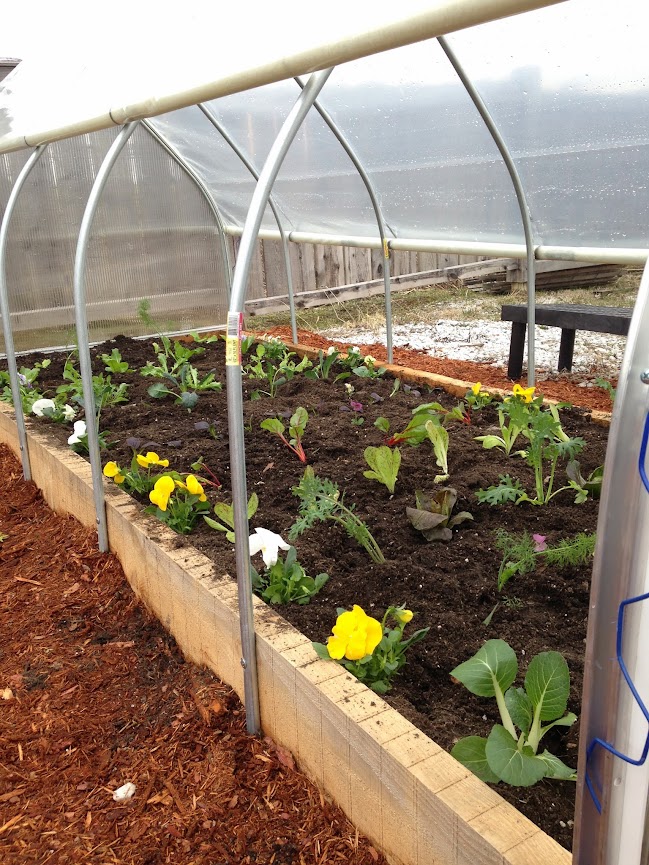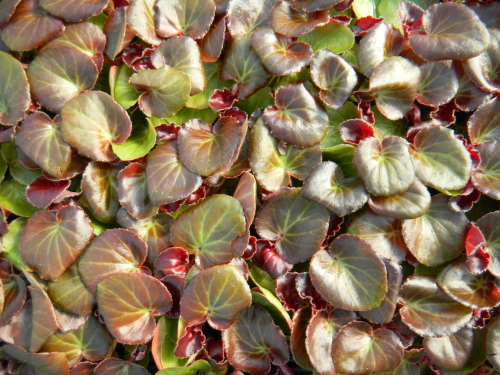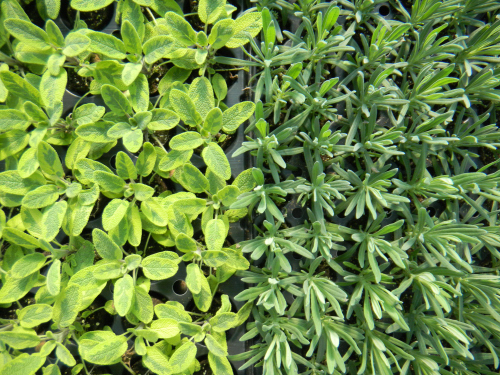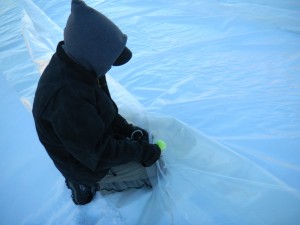Look at these great greenhouses Eric Denice has built. We are offering four of them for sale this spring. And can deliver them to you, too. We have used the same materials that go into our production greenhouses...6 mil plastic, hoops bent at just the right angle to shed water and snow, polycarbonate end walls, wiggle wire and extruded metal track for securing the plastic closed, and pipes that act as a "brake" for keeping the sides just where you want them. We are happy to give you a demo....or come and peek at ours that is all planted and growing along nicely.

You can roll up the sides, you can close it securely and easily, or even take the plastic all the way off once the weather warms up. The frame can act as part of a trellis system for tomatoes giving them a warm and dry environment as they size up, and then you can take the plastic all the way off and let them grow through the top of the frame. Just add a few horizontal lines of twine and, voila, instant tomato trellis!

Plants are nicely tucked in and cozy warm, no matter what the weather! You can easily get a 2 to 3 week jump on the season with this kind of season extension. The raised bed means that the soil is dry and warm long before garden beds, and the tight, plastic cover gives you warmth on cold nights. You can keep the sides rolled down on chilly, cloudy days, but it is best to roll them up a bit in the morning. It can get quite warm in there when the sun pops out. This type of greenhouse will allow you to harvest greens almost year round. It can also be used as a spot to start seeds, harden off plants, and gives you an extra zone of warmth if you would like to grow a perennial that is not usually hardy here.

We can deliver, bring you soil, plants, and have your instant garden ready in just an hour or so! Just add water.


































